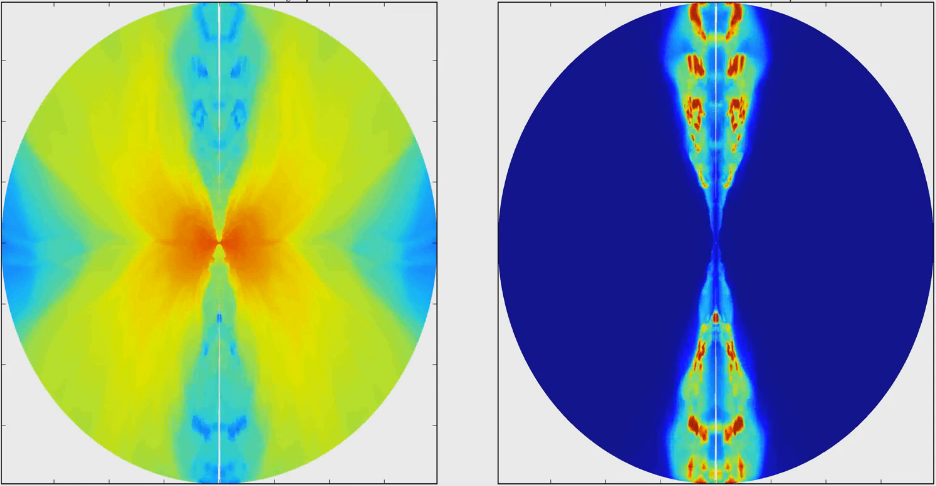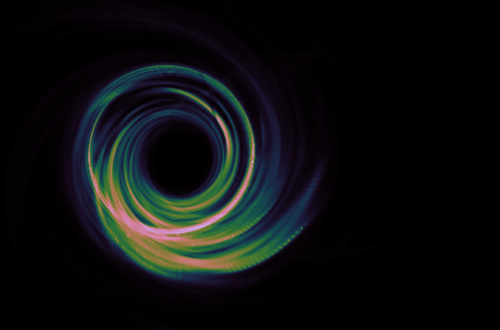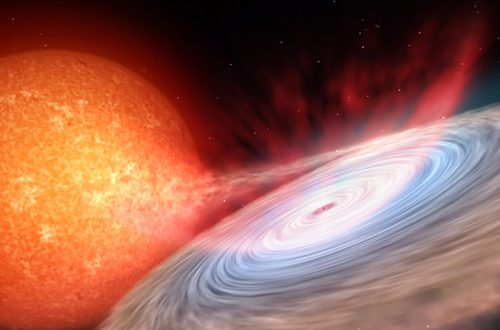With the Event Horizon Telescope results just a few days away, I thought it would be great to discuss how exactly a jet is launched from a black hole. The thought is counter-intuitive. Black holes are depicted as these giant “vacuum cleaners” in the centre of galaxies, eating up anything that has the misfortune of venturing close to it. Black holes are nicer than that, sometimes even throwing stuff out. This “stuff” is in the form of highly magnetised plasma and travels at near light speed (hence, a “jet”), shining over many orders of magnitude in distance.
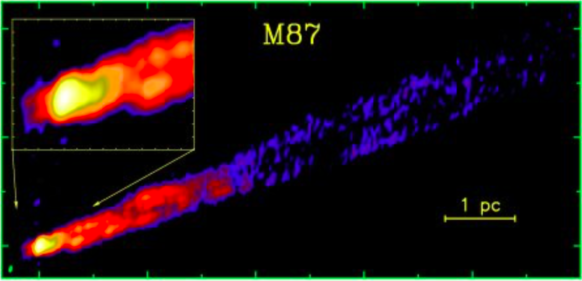
Above: VLBA 2 cm image of the parsec scale jet in the galaxy M87, with the inset showing the inner core region said to contain a supermassive black hole; Credit: Kovalev et al. (2007)
Jets are observed to align well with the core of their parent galaxies and probably have their origins very close to the central black hole, thus begging the question: how are these jets launched in the first place?
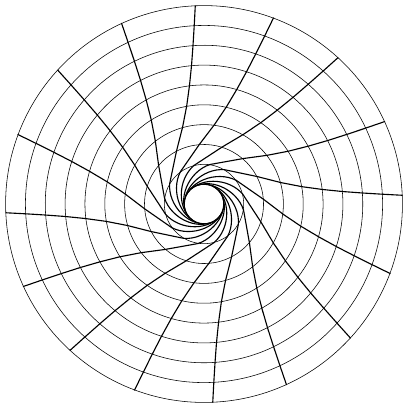
One of the most popular mechanisms of jet launching is via the Blandford-Znajek (BZ) process, first put forward in a seminal paper by Blandford & Znajek (1977). For the mechanism to work, the system requires two ingredients: (i) a central spinning black hole and (ii) a surrounding disk of plasma with a strong poloidal magnetic field. Once accretion onto the black hole has begun, the magnetic field lines embedded in the disk become threaded through the black hole’s event horizon, and start to twist due to the rotation of the central compact object, i.e., the black hole. But why? Well, it has to do with one of general relativity’s most fascinating effects: frame dragging. Due to the enormous gravity of black holes, their rotation forces the local space-time around them to rotate along with them. Thus, frame dragging twists the field lines into following the rotation of the black hole.
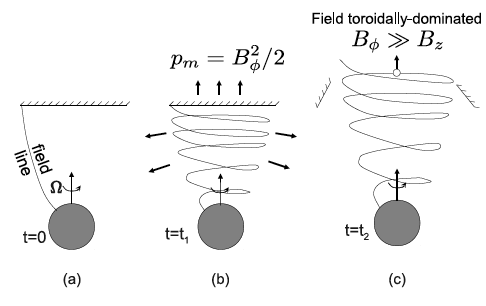
The above cartoon shows how jet launching occurs. Panel(a): We begin with a purely poloidal magnetic field line threaded through the black hole event horizon on one end and attached to the surrounding medium on the other. The black hole starts to spin at time t=0. Panel(b): The rotating black hole twists the field lines, forming loops and give rise to a “toroidal” magnetic field. This newly minted toroidal field starts exerting a magnetic pressure, much like a squeezed spring, and pushes against the surrounding medium. Panel(c) Freedom! Over time, the magnetic pressure continues to build as the toroidal field grows, finally breaking through the ceiling and forming a jet with a toroidally dominated field. The toroidal field creates the pressure gradient necessary to accelerate the jet, which then continues on its merry journey out of its host galaxy. Image credit: Alexander Tchekhovskoy, Northwestern University
However, the frame dragging has important consequences for the black hole. The black hole is effectively doing work on the magnetic field lines! Thus, as the field line twists, it taps into the black hole spin and extracts rotational energy. This effect is the central tenet of the BZ process and directly provides a way to power jets. Over the past two decades, numerous numerical simulations have shown that the BZ process is indeed successful in launching highly magnetised jets, revolutionising the way we think about black holes and their interaction with surrounding environment, which brings us back to the Event Horizon Telescope (EHT). With the promise of diving deep into the inner regions of the black hole-accretion disk system, the EHT results can open new avenues of understanding jet launching and may help to investigate whether the BZ mechanism works in nature, bringing us one step closer to unravelling the underlying physics behind the formation of one of the most exotic objects we see in the universe: jets.
Movie of a relativistic jet from a black hole using our simulation code H-AMR: The accretion disk (in blue and purple) around a spinning black hole along with the resultant jet (in red and pink). The zoom out involves 4 orders of scale change.

